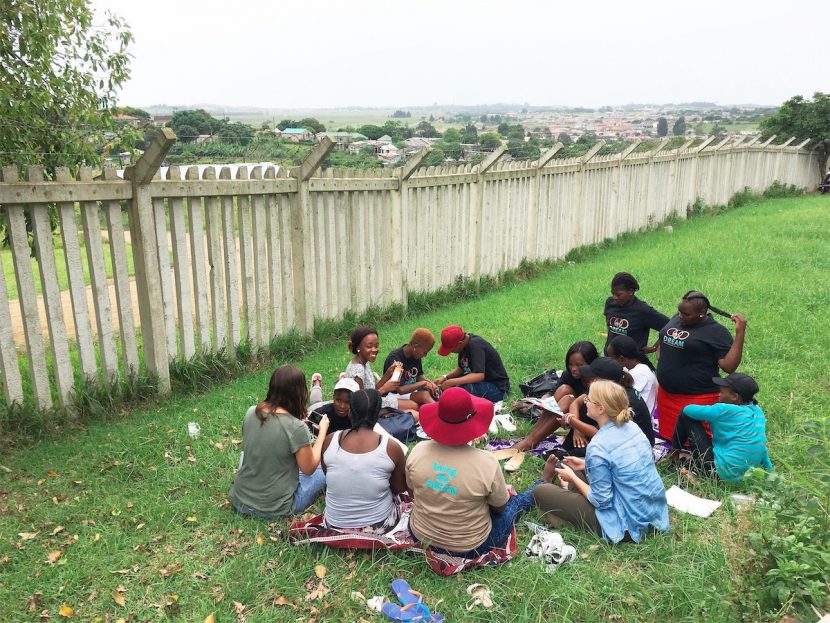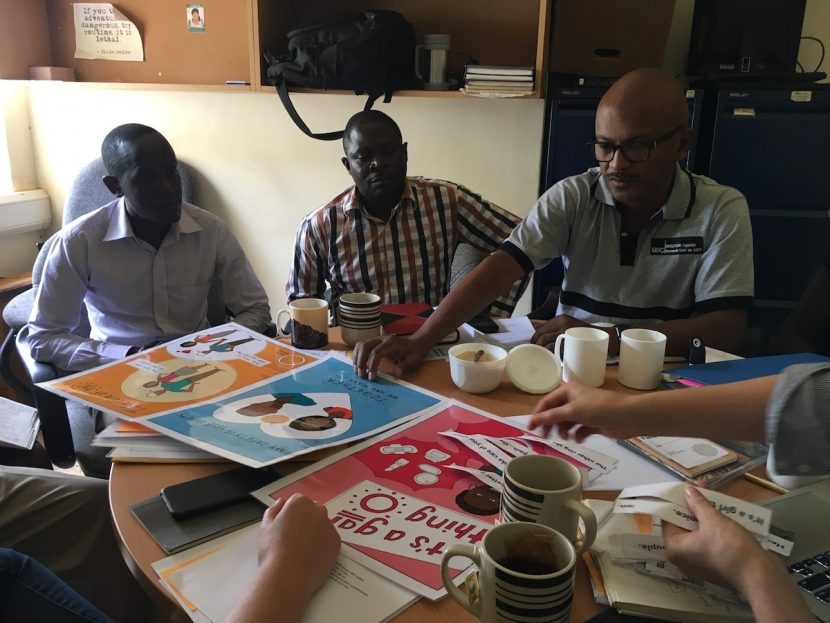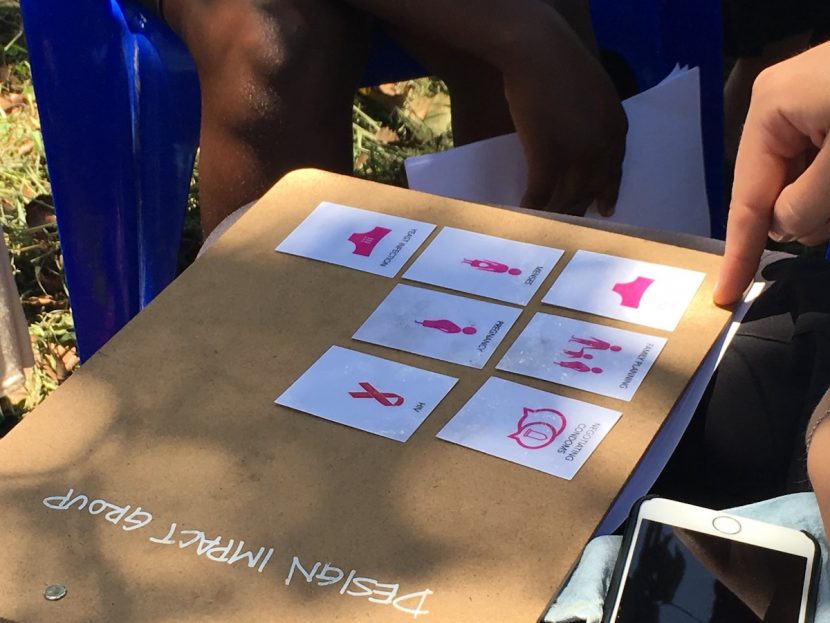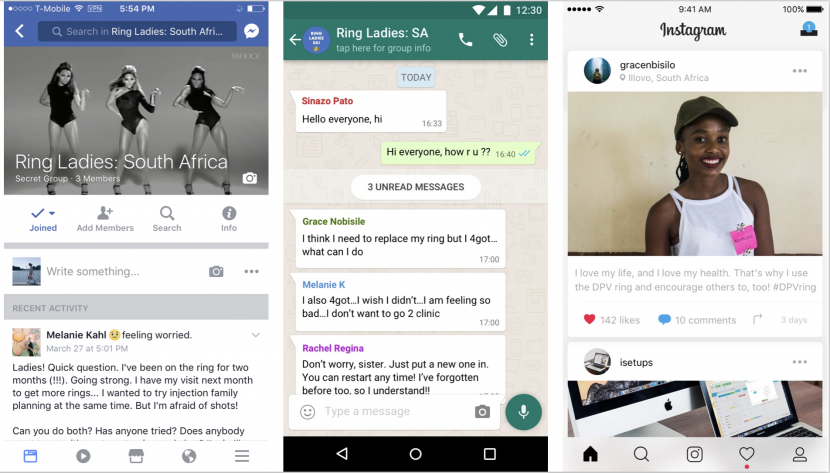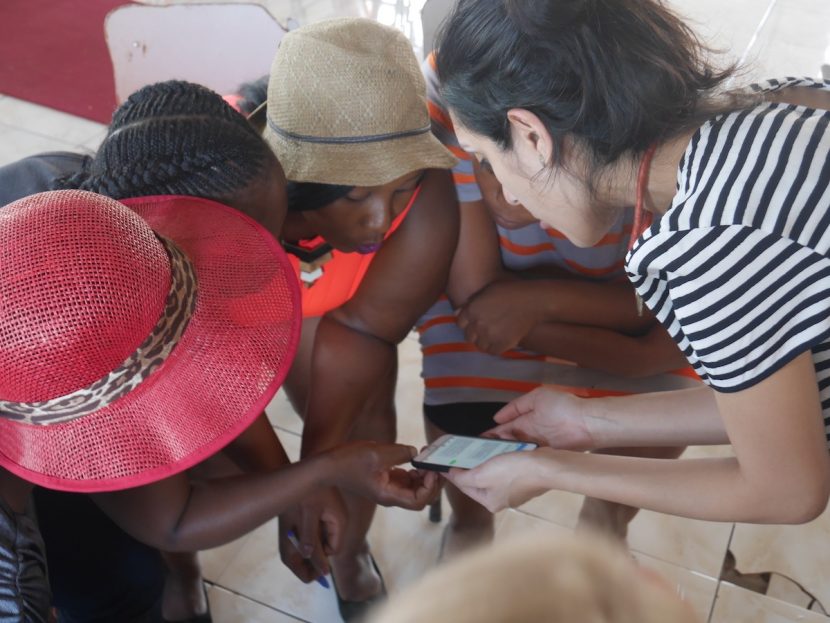HIV prevention – south africa and uganda
Opportunity: South Africa and Uganda each have regions which, sadly, are home to some of the highest rates of new HIV infections among young women. Inspired by these statistics, and in an effort to help these women protect themselves from infection, the International Partnership for Microbicides developed a new product called the dapivirine (DPV) ring – a vaginal ring that, when worn consistently, releases a low dose of an ARV to prevent transmission of HIV during sex. Clinical trials showed excellent results, but a big challenge remained: how should they distribute, market, and train women to use the DPV ring in environments where vaginal health products are culturally new and unusual? Our team, led by Melanie Kahl and Rachel Regina, was asked by USAID – one of the funders of the product – to step in and help design a strategy targeted at increasing uptake and use of the DPV ring in these hard-hit regions.
Year: 2017
Role: Technology lead, supporting designer
Process: Melanie and Rachel worked on this project for some time before I joined as additional design support, but throughout, we relied on our amazing community partners such as CHEDRA in Uganda and FRESH in South Africa, for leadership and guidance throughout the research and prototyping phases. We started by conducted workshops with the client teams before diving into research with groups of women (and some groups of men) across Kwazulu-Natal province in South Africa and the central region of Uganda, utilizing a mixture of different HCD methods to learn from and with the women, such as gallery walks, role playing, safe spaces, and more. We then took all our learnings from the research and transformed them into health journeys, personas, and ideas for different products and services that could meet the specific needs that the women had. Our prototypes ranged from more concrete physical prototypes – such as Ring Kits, handouts, Facebook and Whatsapp groups as well as chatbots and phone lines – to more abstract ones, such as useful metaphors and conversation guides. All prototypes were carefully tested in-country with some repeat participants and some new ones, before being finalized and shared with the client team.
Outputs: All our recommendations for products and services were provided to the client teams at USAID and IPM for incorporation into their plans. Our final design guide, illustrated and styled by the talented Pragya Mishra, was published by USAID and is available for download here.
